Did you know that nearly 1 in 5 travelers to Southeast Asia encounter a health or safety issue during their trip? If you’re gearing up for an unforgettable adventure, being prepared for the unique health and safety challenges of Southeast Asia is just as important as packing your sunscreen. From high-energy city explorations in Bangkok to peaceful beach escapes in Bali, knowing how to stay healthy and safe can make all the difference in your travels. This essential guide is designed to help you navigate key risks, equip yourself with practical travel advice, and ensure a smooth journey across this vibrant region.
Startling Southeast Asia Health and Safety Facts Every Traveler Should Know
“Did you know that nearly 1 in 5 travelers to Southeast Asia encounter a health or safety issue during their trip?” – Global Travel Research Institute
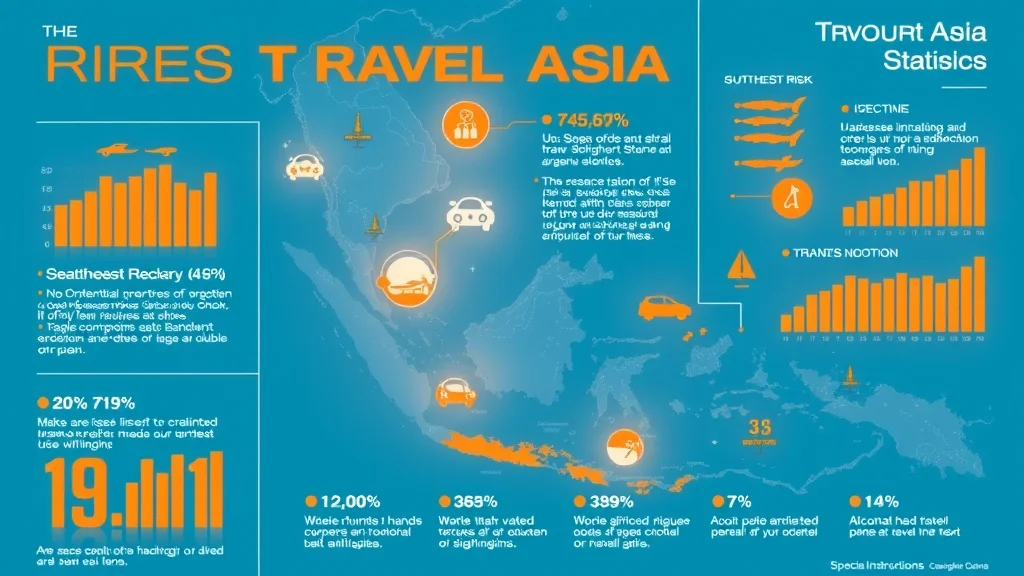
The numbers speak volumes: travel to Southeast Asia is exhilarating but not without certain risks. Regional statistics reveal health concerns such as foodborne illnesses, mosquito-borne diseases like dengue and Japanese encephalitis, and safety challenges involving scams or road incidents. Urban centers such as Ho Chi Minh City and Bangkok see high numbers of traffic accidents, while rural areas may pose challenges with access to medical assistance. Whether you are a solo female traveler, a family, or an adventure seeker, familiarizing yourself with these realities is crucial before embarking on your trip. Knowing potential hazards equips you to avoid pitfalls, respond confidently in emergencies, and make the most out of your travel experiences.
What You’ll Learn in This Health and Safety Southeast Asia Travel Guide
- Understanding major health and safety risks in Southeast Asia
- Practical travel advice and preparation tips
- Specific considerations for solo and female travellers
- How to stay safe during your travels
- Essential health preparations and vaccinations
Why Prioritize Health and Safety When Traveling in Southeast Asia?
Unique Health and Safety Challenges in Southeast Asia
Traveling across Southeast Asia presents unique twists you might not find elsewhere. The region’s tropical climate encourages the proliferation of mosquitoes, responsible for spreading diseases not commonly found in other destinations like East Asia or Europe. Cities such as Ho Chi Minh City and Bangkok are known for their bustling traffic, where the rules can be different from what most Western travelers are used to, increasing the risk of accidents—even when using popular ride-sharing or taxi apps. Additionally, access to quality medical attention may be limited in remote or rural areas, so advance planning is crucial. Food safety is another major concern—street food is delicious, but can carry health risks if preparation standards are not met. These factors highlight the need for a proactive approach, especially when considering solo female travellers who may face region-specific safety concerns.
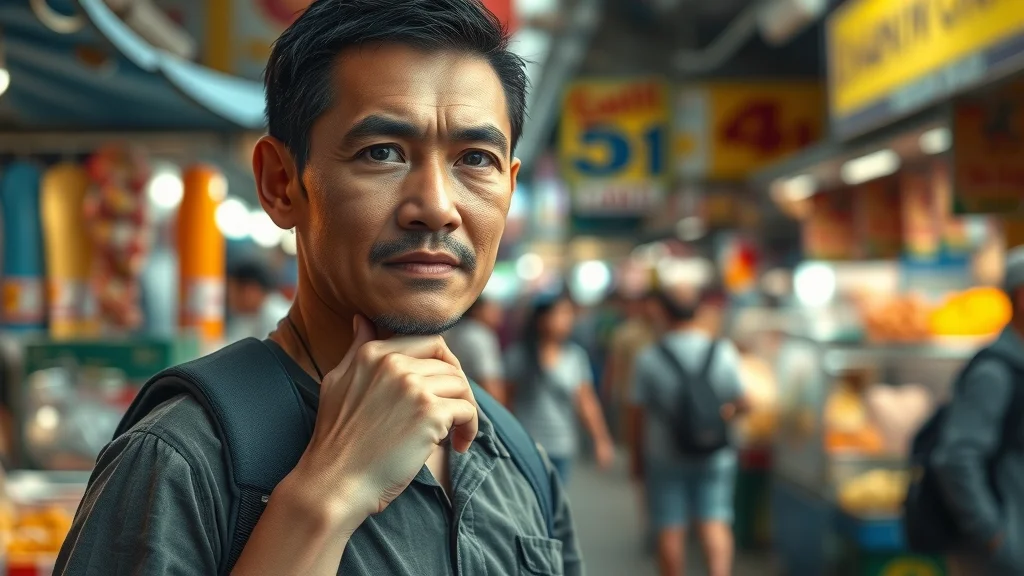
Understanding these challenges makes it easier to plan accordingly and reduce your risk. Learn about common scams, maintain situational awareness in crowded spaces, and have translations handy for medical and emergency needs. Take steps to protect yourself, such as carrying mosquito repellent and essential first-aid items, and stay informed by using reliable travel advice sources. Ultimately, what you learn and how you prepare can be the difference between an enjoyable, healthy trip and an unexpectedly difficult experience in Southeast Asia.
Comparisons: Health and Safety in East Asia vs. Southeast Asia
| Category | East Asia | Southeast Asia |
|---|---|---|
| Food Safety | Generally high hygiene standards; rare waterborne illness | Street food is delicious but can pose health risks; water purification recommended |
| Infectious Disease | Low risk in urban centers; limited mosquito-borne disease | Higher risk of malaria, dengue, Japanese encephalitis, especially in rural areas |
| Crime & Scams | Petty theft in tourist areas; rare violent crime | Scams (including taxi scams) are more common; pickpocketing in crowded markets |
| Road Safety | Strict traffic rules & enforcement | Traffic accidents more frequent; less regulation in rural areas |
| Health Care Access | Excellent in cities; language barriers possible | Varied quality, especially outside capitals; difficult to find English-speaking doctors |
This direct comparison underscores why region-specific travel advice is vital for health and safety southeast asia travel. Preparation and awareness should guide your decisions whether you are visiting the temples of Angkor Wat, trekking the hills of Vietnam, or tasting street food in Ho Chi Minh City.
Regional Overview: Understanding Health and Safety Risks Across Southeast Asia
Southeast Asia: Country-by-Country Health Profiles
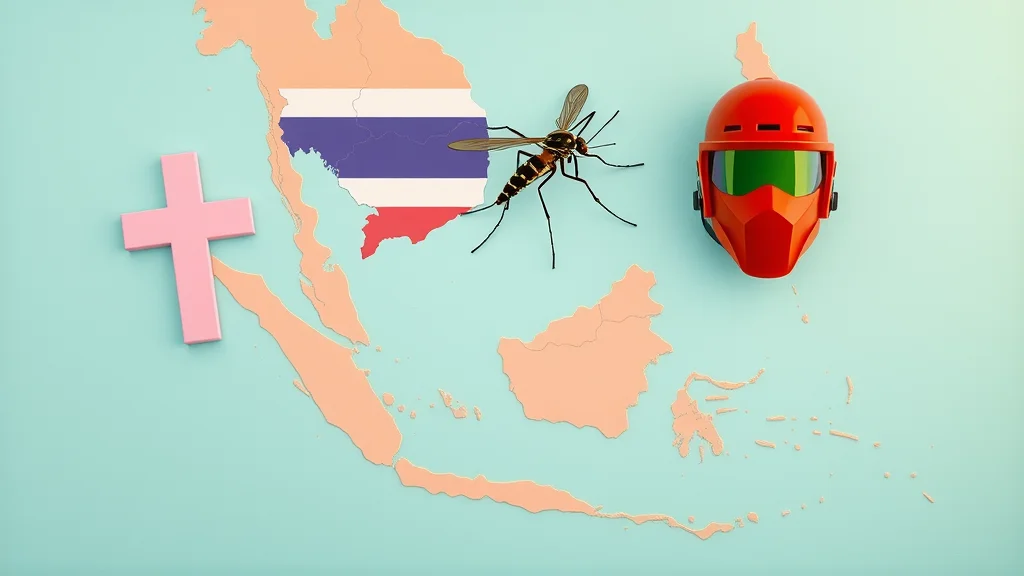
Each country in Southeast Asia has its own set of health and safety characteristics. Thailand and Vietnam are popular for their vibrant cities and renowned street food scenes. However, foodborne pathogens, especially in less regulated areas, can cause stomach upsets, so follow these tips: eat hot, freshly prepared food and avoid ice in drinks. Indonesia stands out for its sprawling archipelago, but travel to areas outside of Bali or Jakarta should be approached carefully due to the prevalence of malaria and limited access to medical attention. Malaysia and the Philippines both present beautiful natural scenery but require heightened awareness during outdoor excursions due to unpredictable weather and potential natural disasters. Singapore, meanwhile, is generally a safe destination, boasting strict health and hygiene laws, yet travelers should still exercise common sense in public places.
- Thailand
- Vietnam
- Indonesia
- Malaysia
- Philippines
- Singapore
East Asia and Neighboring Regions: Differences in Safety Standards
Safety standards vary widely between Southeast Asia and East Asia. For example, Japan, South Korea, and Taiwan possess robust healthcare infrastructure and transparent safety regulations, minimizing most travel risks. In contrast, Southeast Asia is more diverse—urban centers may approach East Asian standards, but remote and rural areas often lack emergency services, making access to medical assistance and reliable information difficult. It is a good idea to thoroughly research your destinations and keep up to date with current advisories. Reliable sources like the Department of State Information Page should be checked for the latest developments, especially during periods of regional conflict or changes in local health guidelines.
Must-Know Health Preparations Before Southeast Asia Travel
Health and Safety Vaccinations for Southeast Asia Travel

Taking steps to protect your health is non-negotiable when planning a trip to Southeast Asia. Several vaccines are strongly recommended—or required—by global travel authorities, including the CDC and World Health Organization. Besides the routine vaccines, travelers should consider hepatitis A and B, typhoid, Japanese encephalitis, and rabies vaccines, depending on the itinerary and planned activities. Yellow fever vaccination is only needed if arriving from a country where the disease is present, but carrying proof of vaccine may be requested at immigration for some travelers.
Malaria prophylaxis is another key consideration, particularly if venturing into rural areas or border regions of Cambodia and Thailand. It’s best to consult your healthcare provider or a travel medicine clinic well in advance of departure to create a personalized plan. Having updated medical documentation, such as a vaccination card, is essential for hassle-free border crossings. Remember: Preparedness is a powerful safeguard for your health and safety southeast asia travel experience.
Travel Advice: Essential Medical Kit Checklist
- Malaria prophylaxis
- Typhoid vaccine
- Hepatitis A and B vaccine
- Mosquito repellent
- First-aid supplies
Your medical kit should also include oral rehydration salts for food poisoning or dehydration episodes, antihistamines or epinephrine auto-injectors for allergy-prone travelers, and ample hand sanitizer for hygiene on the go. Don't forget to pack any essential prescription medications—with documentation—and any necessary medical devices. This preparation ensures a smoother experience in case of minor incidents or medical emergencies where supplies may be difficult to find.
Travel Advice: Coping with Common Health Issues in Southeast Asia
Food and Water Safety Tips for Travelers

Street food is one of Southeast Asia’s top attractions, but indulging safely is key to avoiding a trip-ruining stomach bug. Eat at busy stalls—high turnover means fresher food and less chance for bacteria to grow. Always opt for hot, freshly cooked meals and avoid salads or raw ingredients unless you are at a reputable restaurant. Only drink bottled or purified water to sidestep waterborne illnesses. If you’re in rural areas, steer clear of ice cubes and brush your teeth with bottled water. Paying close attention to food handling and cleanliness can help you enjoy local flavors without concern. Should you experience symptoms such as severe diarrhea, fever, or vomiting, seek medical attention promptly and stay hydrated. Having travel insurance can help cover unexpected medical costs.
Remember, in places such as Ho Chi Minh City or Chiang Mai, street food is both a culinary delight and a source of potential risk. Following these simple rules helps you savor Southeast Asia’s legendary food scene while protecting your health. When in doubt, ask locals for trusted stalls, and be alert to your body’s responses—sometimes, it’s better to skip that dubious dish than risk your entire trip!
Handling Severe Allergies and Medical Emergencies
- How to find reliable hospitals
- Common local remedies
- Language barrier tips for emergencies
If you have a pre-existing medical condition or severe allergies, preparation is doubly important. Identify major hospitals at your destinations and learn how to communicate your needs. In urban centers, English-speaking facilities are usually available, but in more remote areas, it’s a good idea to carry a medical phrase card in the local language and a detailed list of your conditions or needs. For treatment, some countries embrace traditional remedies—ginger tea for stomach upsets or tiger balm for insect bites—which you may find helpful but should use cautiously.
For emergency situations, programming local emergency services numbers and embassy contacts into your phone can be lifesaving. If you require immediate medical attention and language becomes a barrier, translation apps or pictograms can help bridge the gap and get you the help you need quickly. Always have travel insurance details at hand for faster access to medical assistance or evacuation if necessary.
Stay Safe: Navigating Southeast Asia’s Unique Safety Challenges
Travel Advice: Common Scams and How to Avoid Them
Awareness is your first defense against scams that can sour your Southeast Asia travel. Taxi scams are among the most frequent complaints, particularly in cities like Bangkok, Hanoi, and Ho Chi Minh City, where some drivers may refuse to use the meter or take circuitous routes. Always use reputable ride-hailing apps, agree on a price before departure, and check for driver identification. Other common issues include overpriced tours, fake travel agencies, and currency exchange trickery.
Beware of unsolicited offers for assistance, as scammers often target disoriented travelers on arrival at airports or bus stations. If approached, politely decline and seek information from official desks or your accommodation. Pickpocketing is also prevalent in crowded markets, temples, and on public transit; use anti-theft bags and keep valuables close. Avoid distractions from strangers—one person may engage you in conversation while another attempts to steal your belongings. Situational awareness and trusting your instincts are essential for every traveler, but especially for solo female or first-time visitors.
Stay Safe on Public Transport and Ride-Sharing

Public transport in Southeast Asia is convenient and affordable, but requires vigilance. Buses, trains, tuk-tuks, and ride-sharing services like Grab are widely available, but each carries its own safety considerations. Always verify the vehicle matches your booking in ride-share apps, sit in the back seat, and share your ride status with someone you trust. For tuk-tuks and motorcycle taxis, negotiate prices in advance and watch out for "detours" to shops or attractions you didn’t request—a common commission scam.
When riding late at night, opt for official taxis or well-reviewed ride-share services. If alone, avoid empty train cars or deserted bus stops. Use seat belts where available—even if locals don't. For overnight bus journeys in rural areas, keep your bags with you and lock zippers. If an incident should occur, have emergency contacts and insurance documentation ready. Stay safe by using official transit sources and checking driver reviews for extra peace of mind.
Managing Natural Disasters and Weather Hazards
Southeast Asia is prone to seasonal hazards—typhoons, flooding in the rainy season, and even occasional earthquakes in regions like Indonesia or the Philippines. Check the local weather forecast daily and heed official warnings. During natural disasters, follow evacuation orders and stay in touch with your country’s embassy or consulate for updates and assistance. Investing in flexible travel insurance that covers disruptions due to weather or other unforeseen events is smart travel advice for anyone exploring the region.
In rural areas or islands, emergency services may take time to reach you; mitigate this by informing someone of your plans and having contingency supplies like bottled water, non-perishable snacks, and a reliable flashlight. Always follow local travel advice, and be prepared to adjust or postpone plans if conditions become hazardous.
Special Topics: Health and Safety Southeast Asia Travel for Female Travellers
Solo Female Travellers: Safety Insights and Practical Advice

Southeast Asia is a popular destination for female travellers and has become increasingly friendly to solo female adventurers. However, understanding local cultural norms is essential, as perspectives on dress, behavior, and solo travel vary. Modest dress and respectful conduct—especially in rural areas or at religious sites—can prevent unwanted attention. Consider accommodations like reputable hostels, hotels, or homestays with positive reviews, and avoid isolated locations after dark.
Solo female travellers should always share their itinerary with someone back home, use official taxis or ride-share apps, and trust their instincts when approached by strangers. Carrying a doorstop alarm or portable lock can add an extra layer of security while staying in guesthouses or hostels. By taking these proactive steps and seeking advice from local expat communities or travel forums, you can confidently embrace the vibrant landscapes and rich experiences Southeast Asia has to offer.
Female Travellers’ Packing List for Safety and Health
- Personal alarms
- Portable door locks
- Lightweight scarves for modesty
A lightweight scarf doubles as both a modesty aid for temples and a quick sun/bug shield. Personal alarms and compact door locks are invaluable for peace of mind. These small investments help ensure a safe, enjoyable adventure throughout the region for all female travelers.
Best Practices: Pre-Trip Planning and Travel Insurance for Southeast Asia
Choosing the Right Travel Insurance for Health and Safety Southeast Asia Travel

Investing in comprehensive travel insurance tailored to health and safety southeast asia travel is crucial. Look for policies that explicitly include medical evacuation, emergency services, and coverage of adventurous activities if you plan jungle hikes, diving, or motorbike rentals. Travel insurance should also cover theft, trip cancellations due to ongoing political events, and hospital treatment, as quality healthcare may be expensive or difficult to access in some areas.
Research each provider’s response times, claim process, and reputability. Reading other travelers’ experiences on forums can provide valuable first-hand insights. Always carry both digital and paper copies of your insurance and know how to contact your provider in an emergency. Remember, investing in travel insurance isn’t just recommended for Southeast Asia—it’s your lifeline in situations you never anticipate.
Digital Tools: Useful Apps for Emergency Travel Advice
Modern technology is a traveler’s best companion. Download apps for emergency travel advice, hospital locators, translation services, and embassy contacts. Resources like the Department of State, Smart Traveler Enroll Program (STEP), TravelSafe, and Google Translate can provide real-time updates and support. Many countries have their own traveler safety apps, which send push notifications for urgent updates—perfect for those venturing beyond Wi-Fi zones. Staying connected means staying informed and safe while navigating the dynamic landscapes of Southeast Asia.
On the Ground: Staying Healthy and Safe in Southeast Asia
Navigating Local Laws and Customs
Respecting local customs and laws is non-negotiable when traveling in Southeast Asia. What might be considered casual or acceptable in your home country could be perceived as disrespectful or even illegal in cities such as Ho Chi Minh City or Jakarta. Learn the basics—appropriate dress for religious sites, strict laws on drug possession, and regulations around alcohol in public spaces. Some regions enforce curfews or bans on certain activities, particularly during festivals or political events.
Understanding these norms helps you blend in and avoid drawing unwanted attention from both locals and authorities. Engaging respectfully with local communities also creates richer travel experiences and fosters goodwill, key to ensuring safe and fulfilling journeys.
Identifying Trusted Sources for Real-Time Safety Updates
In today’s fast-changing world, staying informed is the cornerstone of safe travel. Trusted sources like government travel advisories, local embassy announcements, and reputable news platforms should be checked before and during your trip. Social media travel communities often provide rapid, real-life updates but always verify information from official channels to avoid misinformation.
Bookmark country-specific information pages and sign up for SMS/email alerts if available. Having all important contacts and links saved or printed will save valuable time during an emergency, and ensures you always have access to guidance when it matters most.
Watch a 60-90 second video montage showing real travelers safely exploring Southeast Asia—arriving at airports, enjoying street food, using hand sanitizer, packing first-aid kits, riding tuk-tuks, and checking travel apps. Friendly voiceover shares essential safety tips.
People Also Ask: Your Biggest Health and Safety Southeast Asia Travel Questions Answered
Is it safe to travel to Southeast Asia right now?
Generally, travel to Southeast Asia is safe, provided you monitor your intended destinations for updated advisories. The Department of State, local embassies, and health organizations issue real-time updates regarding political events, riots, or health outbreaks. While most destinations—including popular cities like Bangkok or Ho Chi Minh City—welcome millions of tourists safely each year, it’s important to remain cautious in remote areas or during times of unrest. Always consult official government information pages before booking and throughout your journey.
Do I really need vaccines for Southeast Asia?
Yes, vaccines are typically recommended for anyone traveling to Southeast Asia due to the risk of diseases uncommon in other parts of the world. Vaccines for hepatitis A and B, typhoid, Japanese encephalitis, and rabies are widely advised, especially if you plan to spend time outside major cities or in rural areas. Check with your healthcare provider or visit a travel medicine specialist for tailored advice and to ensure your records are up-to-date.
Is it safe for US citizens to travel to Thailand right now?
Thailand remains a top destination for American travelers and is generally considered safe. However, as with all countries, there may be periods when the Department of State issues warnings due to political instability, demonstrations, or health concerns such as disease outbreaks. Travelers are advised to avoid large gatherings, stay alert in tourist hot spots, and register with the US embassy for safety updates, especially if traveling in rural areas or border regions.
Is it safe to travel to Thailand now due to war?
At present, there is no war directly affecting most of Thailand’s popular tourist destinations. While regional conflicts in neighboring countries can temporarily affect certain border areas, the vast majority of Thailand is open and accessible. Travelers should avoid restricted zones and consult the latest advisories from official sources, adjusting their itineraries if advised to avoid specific areas due to ongoing events.
In-Depth Answers: Key People Also Ask Questions
Is it safe to travel to Southeast Asia right now?
Safety in Southeast Asia is dynamic, influenced by factors such as public health, political events, and weather. Most parts of Southeast Asia welcome travelers safely each year. However, outbreaks like dengue, COVID-19, or political unrest can affect certain regions. Government guidance from your home country and sites like the Department of State offer the latest safety advisories. Monitor news, register with your embassy, and adhere to updates about destination-specific risks. Exploring Southeast Asia remains a rewarding experience for those who prioritize situational awareness and responsive travel planning.
Detailed answer to current safety advisories, government guidance, and regional considerations.
It’s important to consult not only your home country’s advisories but also local government sites and international organizations. For example, travel to Cambodia and Thailand might be temporarily discouraged due to ongoing local events, weather risks, or disease outbreaks. Advised to avoid border areas during times of unrest. Most major urban centers, from Ho Chi Minh City to Kuala Lumpur, have good infrastructure and active tourist assistance, making them generally a safe choice for travel.
Do I really need vaccines for Southeast Asia?
Absolutely. Southeast Asia is home to diseases not found in many travelers’ home countries. In addition to Hepatitis A and B, typhoid, and rabies, the Japanese encephalitis vaccine is recommended for extended stays or rural travel. Yellow fever vaccination is required only if coming from affected countries, but always bring proof. Check for country-specific requirements prior to travel for the most current advice.
Explanation of vaccine requirements, travel medicine insights, and official resources.
Consult official health organizations and travel medicine specialists for a comprehensive vaccine schedule based on your itinerary. Use reputable sources such as the CDC's travel information page for updates in real time. Start immunizations well in advance, especially if traveling to remote or rural areas, as some vaccines require multiple doses or a lead time of several weeks.
Is it safe for US citizens to travel to Thailand right now?
Yes, with appropriate caution. The US Embassy in Thailand provides regular updates regarding security, possible demonstrations, and health alerts in Bangkok and other tourist hubs. Violent crime is rare, but scams and petty theft do occur. Stay safe by registering with the Department of State’s Smart Traveler Enrollment Program (STEP) and following local advice.
Analysis of recent incidents, US Department of State advisories, and local tips.
Recent minor incidents include political protests and some disease outbreaks, but no active armed conflict is present in Thai tourist regions. Most issues are managed efficiently by local authorities. Stay informed, follow these tips, and avoid crowds or unfamiliar areas after dark, particularly if traveling solo.
Is it safe to travel to Thailand now due to war?
There is currently no direct war impact in Thailand's main tourist areas. However, security advisories may change fast due to developments in neighboring regions or international affairs. Always check both the US Department of State and Thailand’s official advisories before and during your trip. Traveling with flexibility and a backup plan is a good idea for peace of mind.
Discussion of regional conflict effects, government warnings, and travel strategies.
If your planned itinerary includes border regions near conflict zones, refer to the latest advisories and adjust your travel to avoid risk-prone areas. Most travelers experience no problems while enjoying Thailand’s incredible hospitality, cuisine, and scenery. Staying informed mitigates nearly all travel risks associated with international events.
FAQs: Health and Safety Southeast Asia Travel
-
What are the biggest health hazards in Southeast Asia?
Common health hazards include food and waterborne illnesses, mosquito-borne diseases like dengue fever, heat exhaustion, and occasional outbreaks of influenza or measles. Stay up-to-date with vaccines, use repellent, and practice food safety for protection. -
How can I stay safe when using local transport?
Always use reputable, marked taxis or ride-share apps. Negotiate fares before starting rides in tuk-tuks. Hold valuables close, fasten seat belts, and avoid isolated transport late at night for security. -
Which travel insurance is best for Southeast Asia?
Look for policies that cover medical emergencies, evacuation, lost luggage, trip interruption, and adventurous activities. World Nomads, Allianz, and SafetyWing are popular choices, but always compare current reviews and plan details for region-specific needs. -
What should I do if I get sick abroad?
If you become ill, contact your travel insurance provider and seek medical care at a recommended hospital or clinic. Carry a list of local emergency contacts, including your embassy, and use translation apps for effective communication if a language barrier exists.
A short, practical checklist video recapping health prep steps, essential packing, and real-life safety scenarios for travelers in Southeast Asia.
Key Takeaways for Health and Safety Southeast Asia Travel
- Start preparations early—including vaccinations
- Buy reliable travel insurance
- Follow region-specific safety guidance and travel advice
- Use technology and stay informed for safer experiences
Final Thoughts: Health and Safety Southeast Asia Travel
“Preparedness and awareness are your best companions on any Southeast Asia journey.”
- Reflect on your travel plans
- Consult trusted health resources
- Engage with fellow travellers for real-time tips
Share Your Health and Safety Southeast Asia Travel Tips
- Please like, share and comment on this article
 Add Row
Add Row  Add
Add 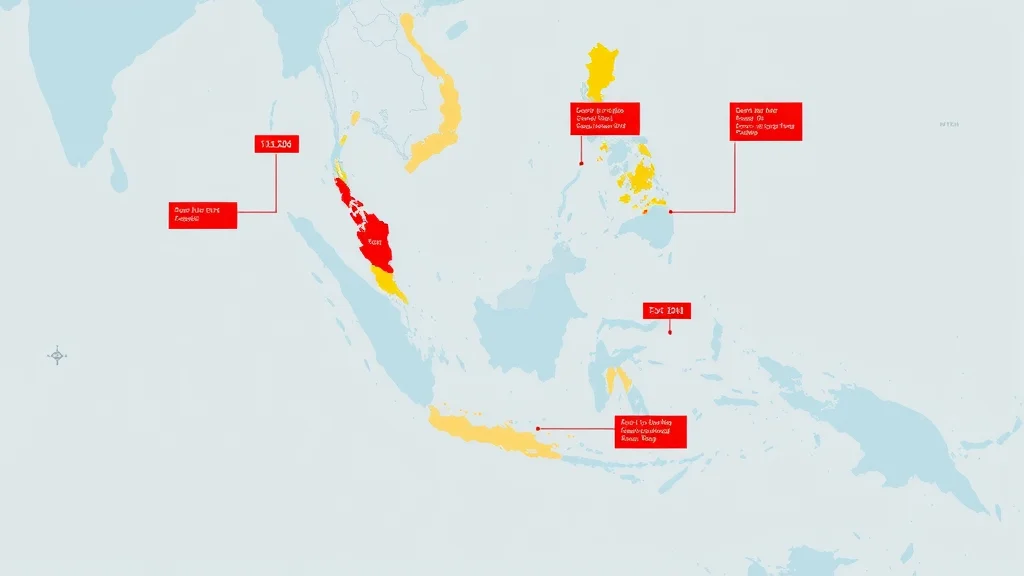
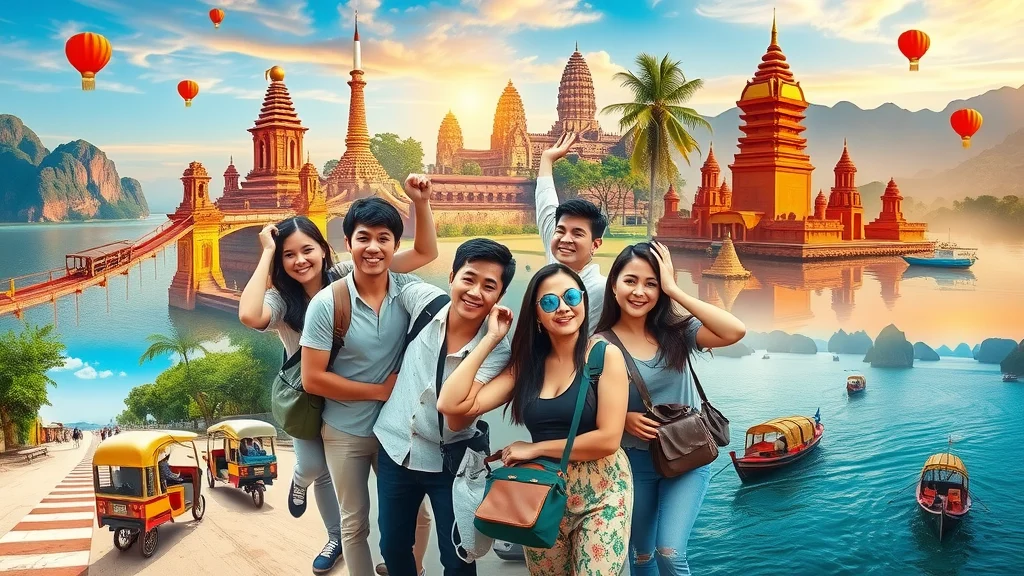

Write A Comment